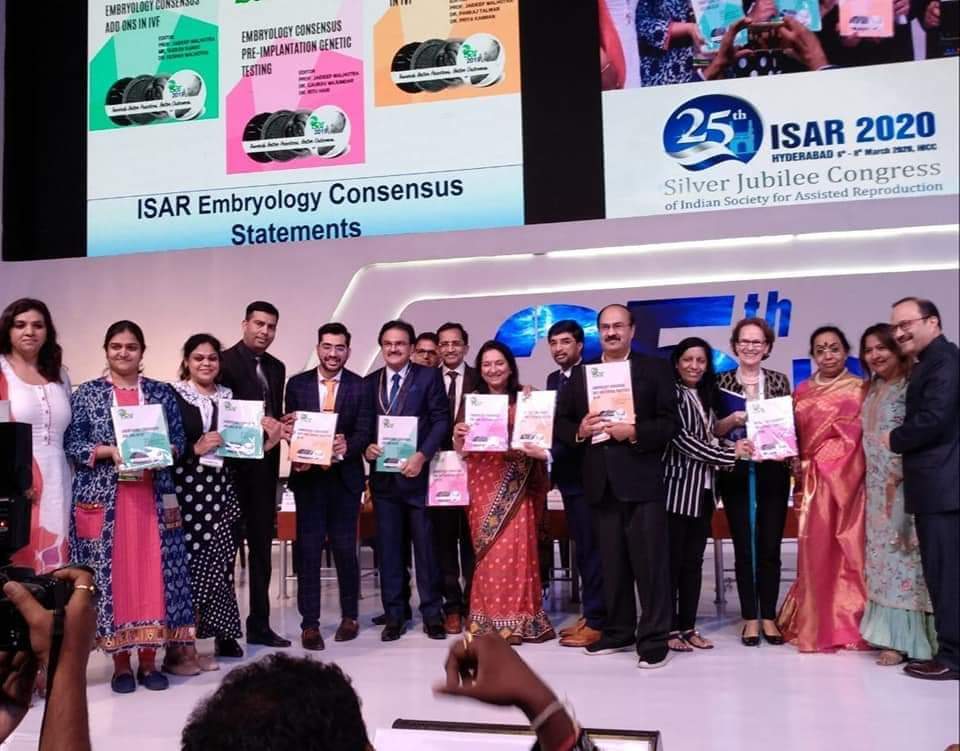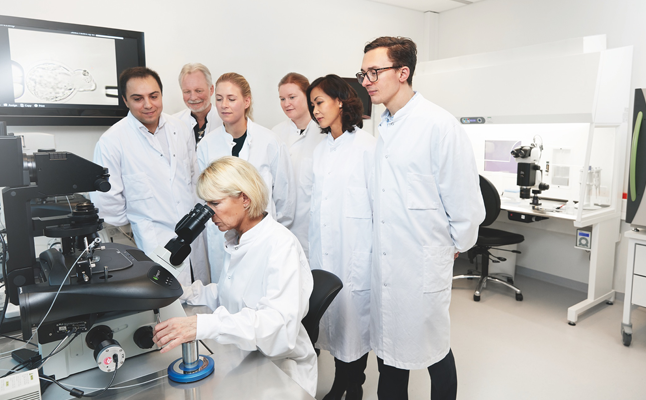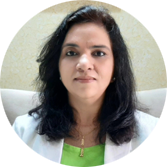Working together towards changing the standards of fertility care in India

Working together towards changing the standards of fertility care in India
By Dr. Shipra Thukral, Marketing Director, CooperSurgical India
Around the world, the use of assisted reproductive technologies (ART) is growing due to global demographic changes that are affecting female and male fertility. This influx of new patients is challenging IVF clinics because there is a lack of standards to effectively guide the treatment processes for better outcomes.
Furthermore, in India, ART is only just beginning to become available to the wider population. In this article, Shipra Thukral explores how working together in changing the standards in fertility care can raise the quality and consistency of treatment for patients and help optimize fertility outcomes in clinics.
Dr. Shipra Thukral, Marketing Director at CooperSurgical in India, has been working with various societies and associations to implement new standards for fertility care in the country. Shipra works with a wide range of people throughout her day, both internally and externally, and thanks to her doctorate in immunology and professional background of medical devices, she is well-equipped to engage with many different stakeholders within fertility care to advance the field for laboratories, clinics and patients.
Fertility care is experiencing huge growth in India at the moment, and we’re working every day to keep up with the changes caused by this growth. It’s very interesting and very different from other diagnostic fields, and I see a lot of opportunities to make a real difference here, but the challenge is that the growth so far has been happening without stringent regulation or any real guidelines.
“As a society, we still have a lot of work to do when it comes to accepting that infertility is a problem and that it is okay to talk about.”

For patients, the fertility journey poses significant challenges. As a society, we still have a lot of work to do when it comes to accepting that infertility is a problem and that it is okay to talk about. We need to remove the stigma that still surrounds it and let people understand that it is okay to seek treatment. But even if there is acceptance, patients are often at a loss when it comes to selecting a clinic. The fragmentation and lack of regulatory standards leave most clinics with little to distinguish themselves from each other. How can we expect patients to know which clinic is best suited for them?
The challenge of standardizing workflows in India
In a fertility care market as fragmented as it is in India, with more than 2000 clinics overall – since many of them are stand-alone clinics that don’t interact much with each other – and laboratories that often don’t share best practices, bringing all parties together is a huge task.
Many laboratories in India lack formal guidelines they can follow. What needs to be in place before they can open? Which equipment do they need to get hold of, how should they be working? It’s difficult to live up to standards when there are no standards in place.
“It’s difficult to live up to standards when
there are no standards in place.”
For clinics, the landscape is much the same. What should their standard workflows look like? How do they treat patients differing in everything from age to relationship status and at the same time maintain a high and consistent standard for each of these patient groups.
Bringing all the major stakeholders together to move forward
In order to bring some formal standards to fertility care in India, we brought together more than forty-five of the most important stakeholders within the field – including the three major ART societies in India: ISAR (Indian Society for Assisted Reproduction), ACE (Academy of Clinical Embryologists), and IFS (Indian Fertility Society). The idea was to create a consensus around some guidelines for safe and ethical practices. What should the guidelines be for new technology, what should the ideal lab size be and what qualifications does a clinician, or a practitioner need to have and when should Pre-implantation genetic testing (PGT) be performed – considerations of that nature.

Over the course of several meetings, we were able to come up with some guidelines in September 2019. The discussions also included international advisors and the CooperSurgical Medical Affairs team to ensure that we had a global perspective. The guidelines were intended to bring together the reproductive stakeholders in India but it’s important to keep in mind that we envision standardization that reaches across borders as well.
Pushing for nation-wide change through government involvement
The embryology consensus guidelines have now been published in the Journal of Human Reproductive Science, which will move things along a great deal. I’m very proud of the work we’ve been able to do because it’s the first time anyone’s done something like this in India. There simply were no reference consensus guidelines before.
It’s not something the government has been heavily involved with, but we based the guidelines in part on recommendations from the government and we’ve also looked at the formal guidelines with key stakeholders and figured out the best way to include the government in future discussions. Recently, an ART bill was passed and the healthcare sector is starting to look more into fertility care, so I think we definitely are making progress. Small steps, but in the end, every little step makes a difference for patients.
“Our dream for changing the standards of fertility care is already starting to become a reality.”
Fertility treatment will always be different for different patients, so there should be overall standards for technology, for facilities, and for best practices. They contribute to making sure that laboratories and clinics can provide patients with a service that is safe and of consistently high quality.
A fertility journey that is more transparent and standardized can build and ensure patient trust. That’s why it’s important to continue to push forward on fertility care so we can make a difference for as many people as possible.

 My Clinic is in the United States
My Clinic is in the United States My Clinic is in Canada
My Clinic is in Canada

